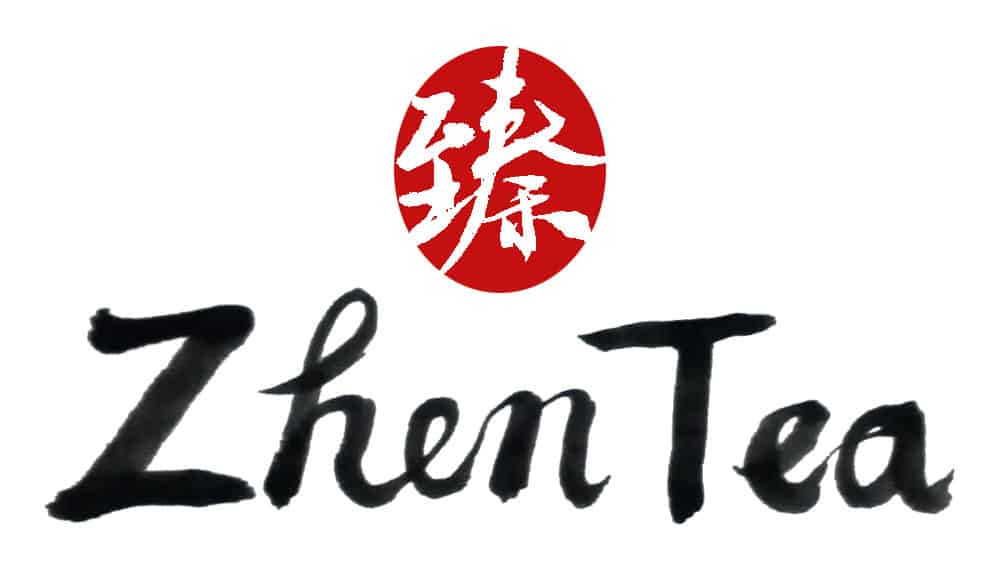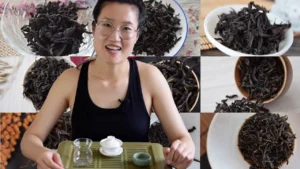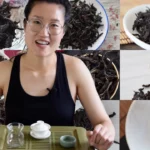What is L-theanine
Have you heard people complaining that they cannot have coffee because when they have coffee their heartbeat rises? They could even be sweaty and just overall very uncomfortable. But they don’t experience the same phenomena when they have tea even though tea also has caffeine. I think today’s topic might provide a possible explanation for this. L-theanine was first abstracted by a Japanese scholar in 1950 from Gyokuro, a Japanese green tea. It was considered a unique non-protein amino acid that was only found in tea, but now we know there are a few other plants and mushrooms that have L-theanine in them. L-theanine is highly water soluble so when we brew tea we can easily access the L-theanine in those tea leaves. It has a gentle sweetness and umami taste, so it helps improve the flavor as well as the aroma of tea.
The Health Benefits of L-theanine
Many people get to know L-theanine because of its amazing health benefits. It boosts the immune system, suppresses cancer cell activity, protects the nervous system, helps with lower blood pressure, and improves the quality of our sleep. It’s also a very, very powerful antioxidant. What’s fascinating is its relationship with caffeine. It’s actually a love-hate relationship. We know that caffeine raises our heartbeat and keeps us awake, while L-theanine has the very opposite effect it calms, soothes, and helps us sleep. Meanwhile, caffeine also raises our cortisol level while L-theanine helps lower it. So they work together to keep our cortisol level stable which is very important for our health. L-theanine not only has a countereffect on caffeine it also works with caffeine. Studies show that a proper ratio of caffeine and L-theanine actually helps improve our sense of focus, making us alert but not agitated.
What affects the levels of L-theanine in tea
Parts of the plant.
L-theanine is made by the root system and is transported to the leaves, so within one tea plant, the younger new leaves will have higher L-theanine levels compared to the lower more mature leaves.
Types of cultivars.
Cultivars also affect the level of L-theanine. Small Leaf cultivars will have more L-theanine than big leaf cultivars. Even within the small leaf cultivar, there are many, many different types of plants. Certain ones are known for their phenomenally high L-theanine levels. For example, Anji Bai Cha, a green tea cultivar, has the highest L-theanine level among all tea cultivars. Long jing 43, a long jing green tea cultivar, also has very high L-theanine. Overall those pale leaf tea plants have higher L-theanine compared to regular tea plants. For example, Bai Ji Guan, a pale rock tea oolong cultivar, also has higher L theanine.
Tea type
Tea type is a major factor affecting L-theanine levels in tea. Different tea types mean different tea processes. And the process affects how much L-theanine is left in the tea leaves for us. For example, white tea is considered to have the highest level of L-theanine, followed by green tea and yellow tea, while dark tea has the least because of its post-fermentation process.
Harvest seasons
Tea seasons also play a part. Spring tea will have more L-theanine than summer tea or autumn tea. In fact, summer tea has a significantly lower level of L-theanine.
Altitude
The higher the altitude of the tea, the more L-theanine the tea will have. So tea from lower altitudes will have less L-theanine.
Overall the better the environment the more L theanine it will be in the tea leaves.
Other things to know
The Ying-Yang of L-Theanine and Epigallocatechin Gallate (EGCG)
Is there a most healthy tea? It depends. L-theanine, for example, is actually a key factor for the tea plants’ photosynthesis and it’s a source for the plant to make catechin. Catechin, EGCG, is also a very very popular, superfood because it’s so healthy. So when you have a higher L-theanine level in the tea leaves it means you have less catechin, or if you have a higher catechin level it means L-theanine is pretty much broken down. So there is a balance. Maybe just enjoy tea and know that either way, it’s a pretty healthy sip!
The Caffeine Conundrum
Have you ever had, or do you know someone who has had an adverse reaction to the caffeine in tea? Is there any way to minimize it while still enjoying the benefits of tea? The first and easiest antidote – food. If you are more sensitive to caffeine make sure you have some food in your stomach. An empty stomach and drinking strong tea or a large quantity of tea are prone to provoking this kind of phenomenon of low blood pressure when over-caffeinated. A more subtle and often overlooked solution is choosing a higher-quality tea. So if you’ve learned about the caffeine level in tea and combined it with this post you probably already figured out that the higher quality the tea is the more L theanine in tea and the less caffeine and the lower the quality of the tea the more caffeine the less L-theanine. So to mitigate that over-caffeinated effect you could try to have a little bit of a step up in the tea you choose, and see if that helps.









